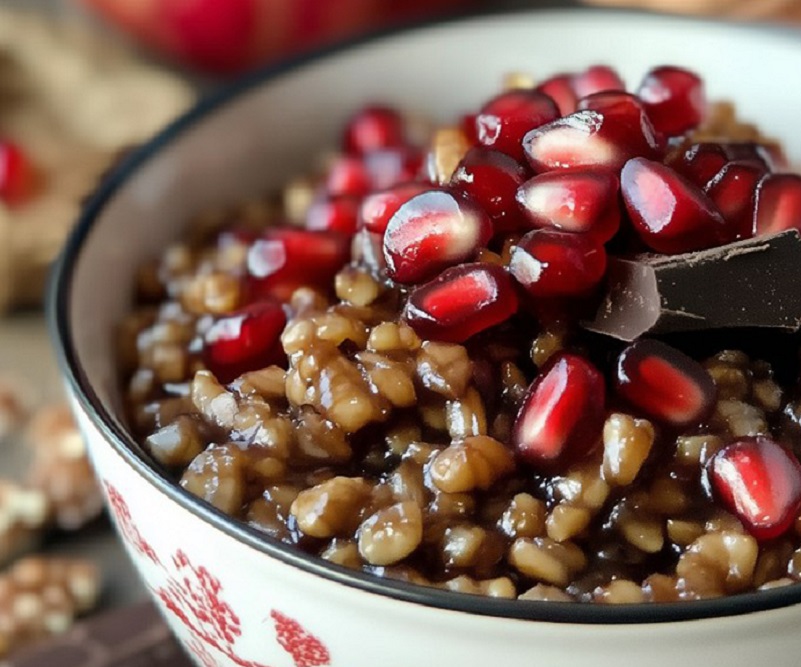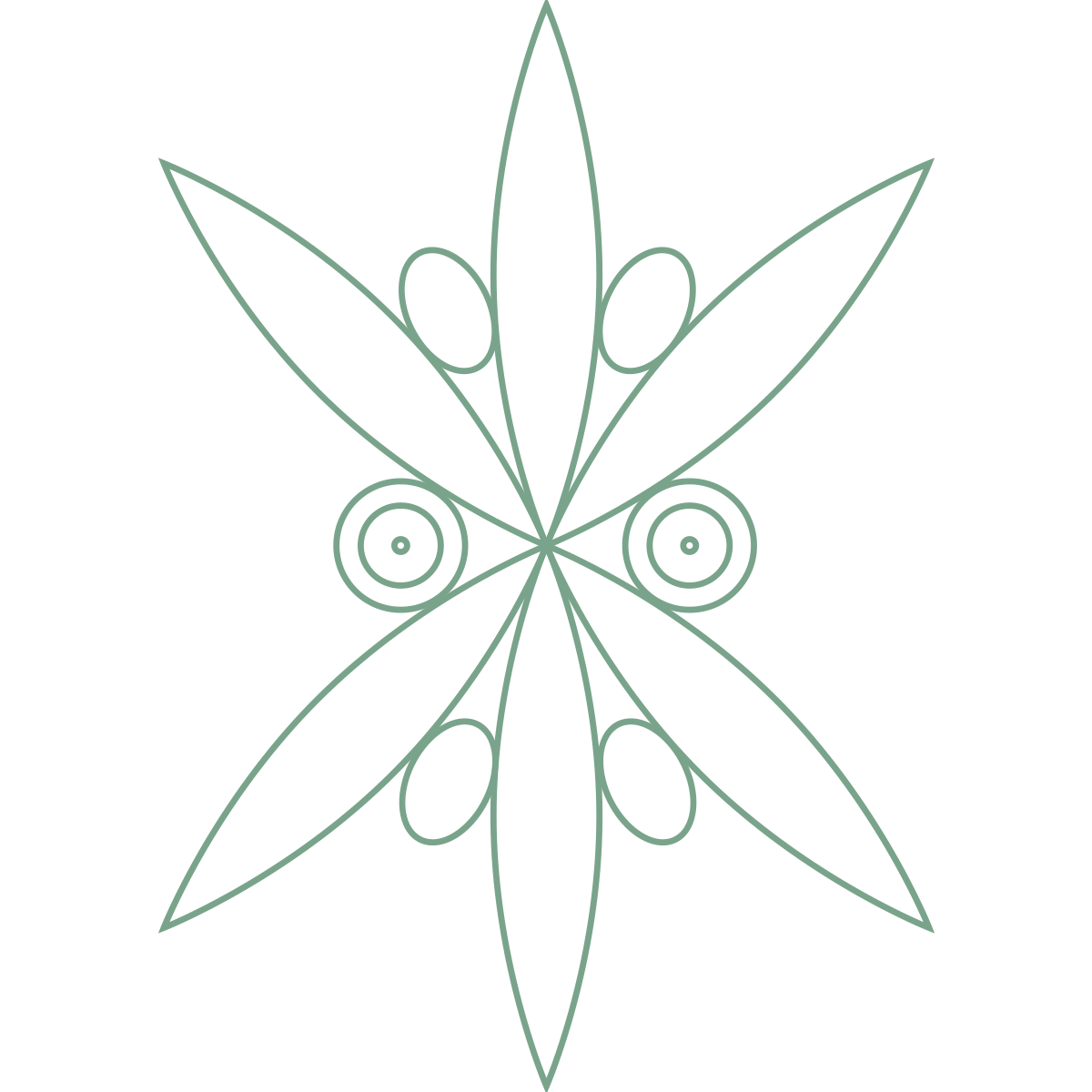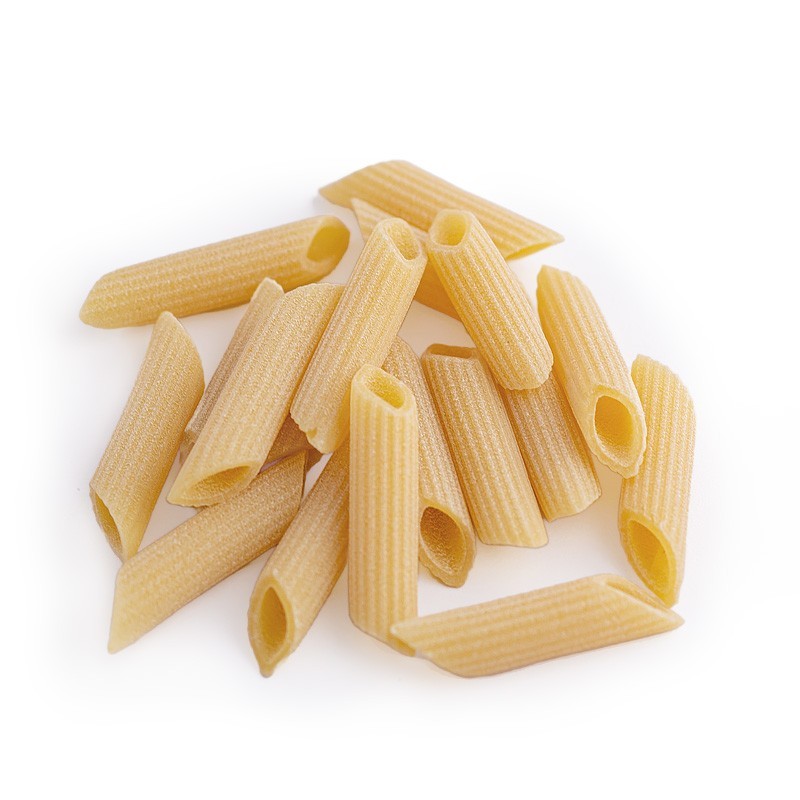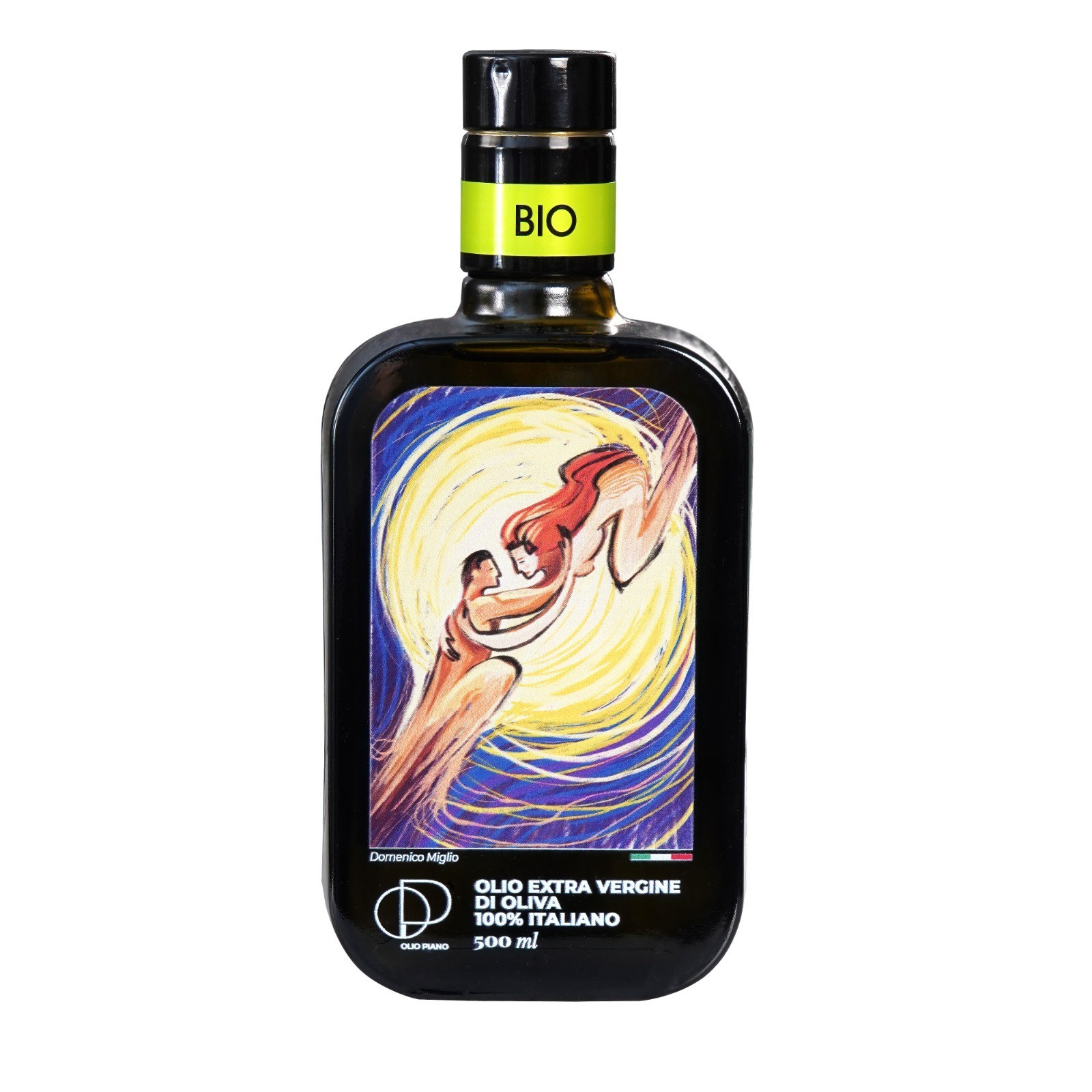07-08-2025

Every year on August 7th in Apricena, a simple yet solemn ritual is renewed: the preparation of cooked wheat with grape must for the Feast of San Donato, protector against sudden illnesses and epileptic seizures.
It is a tradition that unites faith, land, and memory, deeply rooted in the peasant culture of the Daunian plain. Especially in Apricena, the agricultural heart of the Tavoliere, where wheat is life, labor, and identity.
An ancient cult in the land of wheat
The cult of San Donato has ancient origins and has been intertwined over the centuries with the agricultural rituals of the region. In his honor, families prepare a humble yet meaningful dessert: boiled wheat mixed with cooked grape must.
This is the original recipe, passed down from generation to generation, born from what the land offered at that moment—no exotic spices, no sugar, no distant or expensive ingredients.
A sacred, essential gesture deeply tied to the Daunian land.
Ancient origins: between Proserpina and Christianity
Cooked wheat has roots that predate Christianity: it was a rite linked to the myth of Proserpina, symbolizing the death and rebirth of nature.
With the rise of Christian faith, the rite was reinterpreted as an act of devotion but retained its profound meaning as a gesture of gratitude for the harvest and a plea for protection.
The original recipe: wheat and cooked grape must
Traditional Ingredients:
- Soft wheat (soaked and boiled)
- Cooked grape must (obtained by reducing unfermented grape juice)
Nothing else. No chocolate, no cinnamon, no walnuts.
These ingredients, sometimes found in modern versions, are not part of Apricena’s traditional recipe, which is based on simplicity and the exclusive use of local, seasonal raw materials.
Modern Additions: what came after
Chocolate Originally from the Americas, cocoa arrived in Europe only after the discovery of the New World in 1492. It did not exist in ancient European cuisine and is unrelated to the historical tradition of cooked wheat.
Cinnamon An oriental spice from Sri Lanka and India, it was extremely expensive in the past and accessible only to elites. It was unknown and unused in rural Daunian cooking.
Walnuts Though walnuts were grown in the Daunian Subappennines, they were not typical of Apricena’s plains, where the climate and soil are more suited for grain. Some families may have introduced walnuts from hilly areas, but they are not part of the recipe tied to the San Donato cult.
The material culture of the Daunian people was based on a clear principle: use what is available, local, and connected to the environment.
Preparation of cooked wheat with grape must (Ancient Version)
- Soak soft wheat for about 48 hours, changing the water frequently to ensure cleanliness and even hydration.
- Boil for a long time on low heat until a soft but not mushy consistency is achieved.
- Use pre-prepared cooked grape must (usually produced or bought after the September grape harvest and preserved for later use).
- Mix the two ingredients, allowing the wheat to slowly absorb the must until a moist, fragrant, and homogeneous mixture is obtained.
The result is a dessert full of history and meaning, ideal for sharing with family or the community.
A legacy of the Daunian people
Cooked wheat in Apricena is not just a dessert: it is a cultural legacy, a peasant prayer that stands the test of time.
In honoring our history and roots, it is important to distinguish between the authentic recipe and modern reinterpretations—without denying today’s creativity, but with awareness of who we are and where we come from.
In a time when everything changes, this ritual remains and reminds us that true wealth lies in simplicity, the land, and memory.























